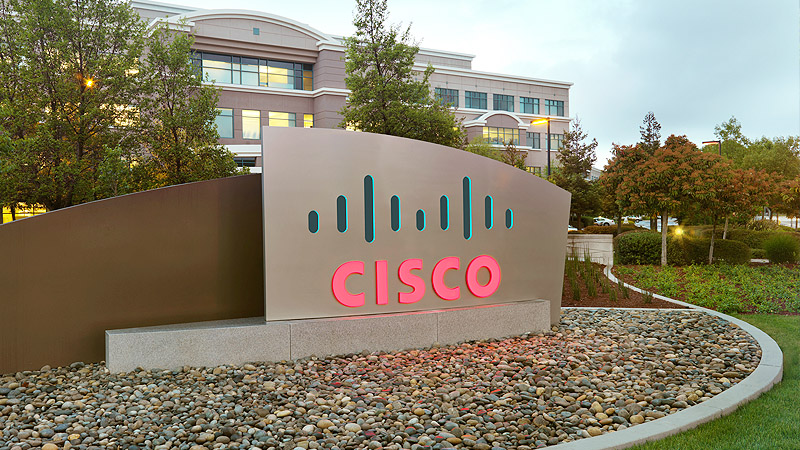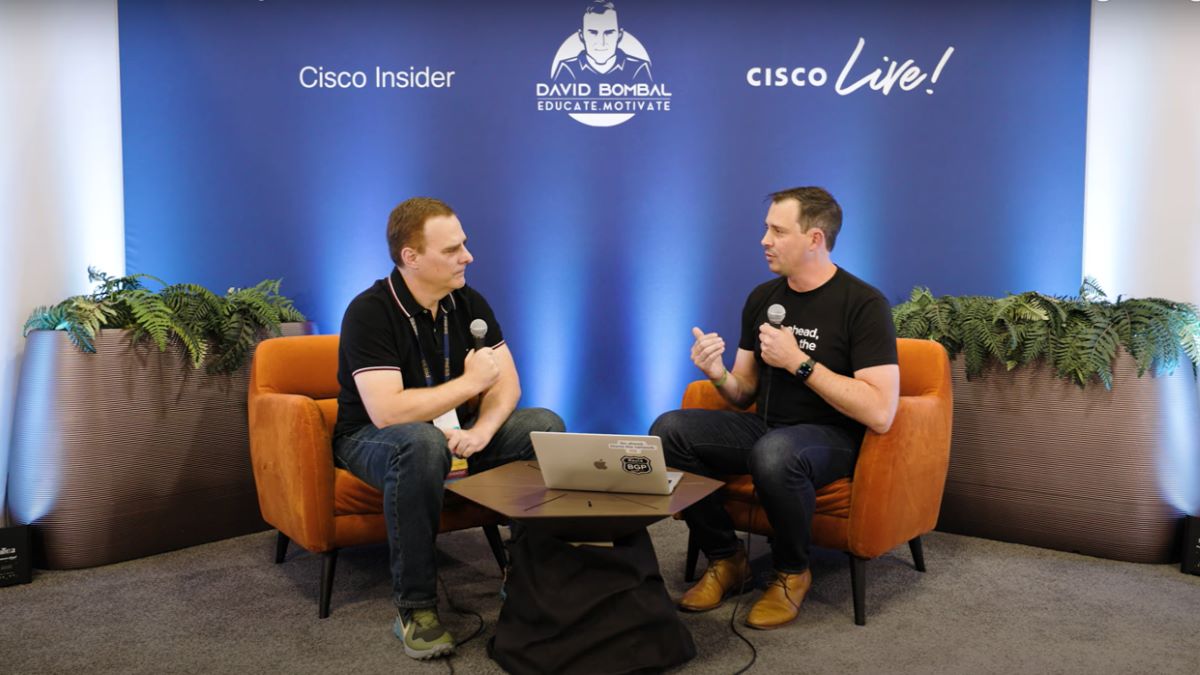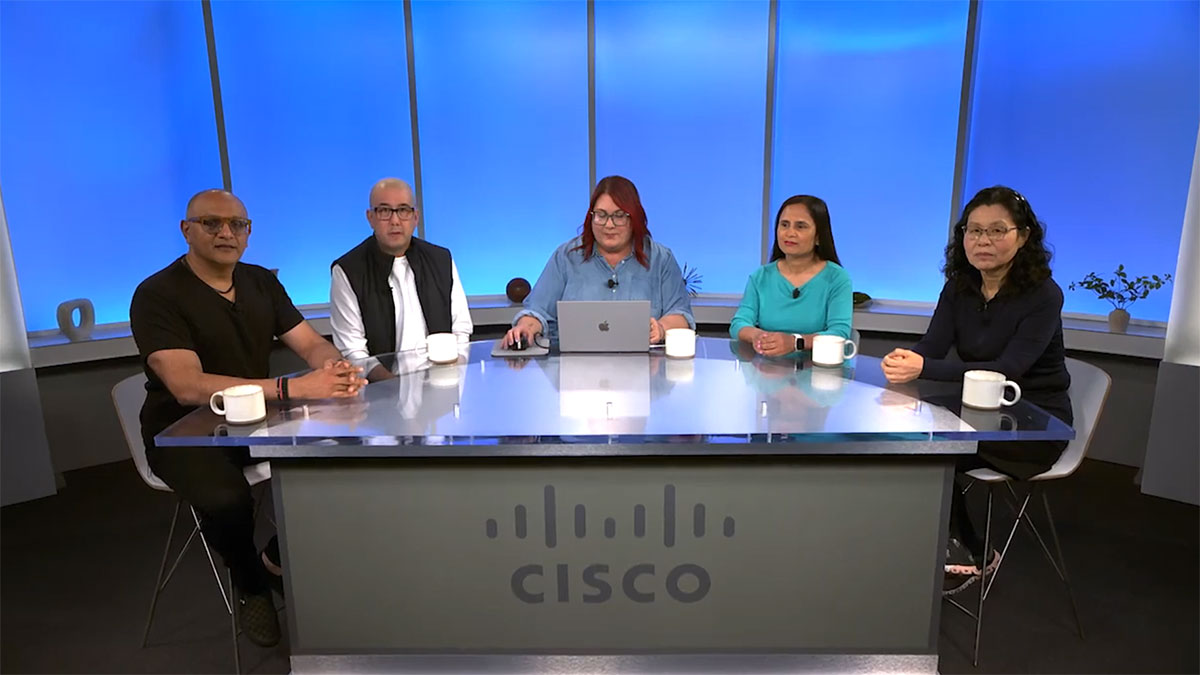SAN JOSE, Calif. – Feb. 18, 2014 – With the industry’s most open, comprehensive and flexible approach to software-defined networking (SDN) and network function virtualization (NfV), Cisco today announced the expansion of its virtualization offerings for service providers with the introduction of the Cisco® Evolved Services Platform (ESP), a key element of the company’s Cisco Open Network Environment (ONE) strategy, which works in conjunction with the infrastructure layer of the architecture.
Also highlighted today are two Cisco virtual service modules – in the areas of video, and mobility – along with four new and simplified ways for service providers to acquire and deploy them. More than 25 leading service providers around the globe, including China Mobile, Deutsche Telekom Technik GmbH, SunGard Availability Services and Telecom Italia, are transforming their networks with various aspects of the Cisco ESP to optimize network value, increase business agility and enable greater operational efficiencies.
With a rapidly increasing number of people, devices, machines and sensors coming online across the Internet of Everything (IoE), service providers require new capabilities to lead in the delivery of value-added, cloud-based services and applications. Open, elastic and extensible, the Cisco ESP is result of several years of engineering development oriented around the three main tenets of the Cisco service provider virtualization strategy:
- The network is increasingly becoming virtualized and virtualization is increasingly becoming networked;
- Virtualization needs to work as an integrated extension of the physical infrastructure; and
- Virtualization shouldn’t be limited to a function but rather placed throughout the whole architecture.
The Cisco ESP works with the Cisco Evolved Programmable Network (EPN) and is designed to enable service providers to accelerate the delivery of innovative new services, increase revenues by offering consistent and differentiated experiences, and decrease operational expenses by optimizing existing network infrastructures.
“Service providers success is dependent on providing a consistent experience, agility to roll out new services and the ease at which these services can be ordered, automated, managed and delivered,” said Pankaj Patel, executive vice president and chief development officer, Cisco. “Service providers globally view virtualization not just to reduce costs but to have it work with their infrastructure to provide even greater value by means of increased agility and elasticity. As the industry leader in networking, we are not only committed to but executing on our strategy to enable our customers through this transition.”
Introducing the Cisco Evolved Services Platform
The Cisco ESP is a comprehensive unified virtualization and orchestration software platform that creates, automates and provisions services in real time, across compute, storage and network functions, to deliver desired business outcomes for applications running across multiple domains. Residing between the application and Cisco EPN layers of the architecture, the Cisco ESP enables service providers to deliver the right type of experience for each customer need, regardless of how they are connected to the network (e.g., fixed, mobile, Wi-Fi).
The primary characteristics of the Cisco ESP virtualization and orchestration software platform are:
- Open: Cisco ESP is multi-vendor and based on open standards and incorporating Openstack and Open Daylight (SDN) protocol suite, it is fully compliant with ETSI NfV MANO, 3GPP and more. With interoperation of third-party software, Cisco ESP works with Cisco’s virtual functions and with other vendors’ functions and applications such as Metaswitch Networks and Openwave Mobility.
- Extensible: Cisco ESP offers the most comprehensive broad set of capabilities with more on the way and spanning across the entire service provider architecture – cloud, video, mobile and fixed – to provide service providers greater means to optimize their networks or create, automate the creation of new services as the business needs dictate.
- Elastic: Cisco ESP allows service providers to seamlessly and dynamically scale their existing services while also dramatically accelerating deployment of new services and network functions. Resources are harnessed in an automated way when and where they are needed to enable providers deliver “On Demand” offerings at web speed.
Two Service Modules
While there are many residential, business, and mobile solutions that can be created from Cisco’s product and architectural innovations, Cisco is also announcing the availability of the first two modules for deployment. They are:
- Video: Cisco Videoscape Cloud DVR Solution – cloud-driven video recording with capture and storage in the cloud instead of the end device. Consumers can restart shows, catch up on past programs, and play back digital video recorder-captured content from anywhere, on any screen. For the service provider, it enables new multi-screen offers. It is currently deployed in a major North American video operator.
- Mobility: Cisco Virtualized Mobile Internet – New virtualized mobile services, such as sponsored data, where the content provider pays to deliver data to the user, provide new revenue opportunities for service providers. Such capabilities are now possible in an even broader use case with the introduction of the Cisco Quantum Virtualized Packet Core (vPC), the Cisco Virtual Gi-LAN capabilities and the Cisco Quantum Services Bus. It is currently in trials at China Mobile and other service providers around the globe.
Simplifying How Service Providers Do Business with Cisco
Continuing its customer-centric approach, Cisco is also announcing four ways service providers can purchase these business-transformation solutions. They are:
- Virtual Functions: Individual virtual functions may be purchased independently as a separate module and run in a network over general computing (e.g., hardware independent and hypervisor independent).
- Orchestrated: Virtualized functions and orchestration, which enables the benefits of the all the different capabilities to work in a “networked” or “service chaining” approach to deliver expanded functionality and address even wider market opportunities.
- Pod: Virtualized service functions combined with orchestration and a hardware package -- implementation in a Pod approach -- Cisco leads the deployment of the Cisco ESP and offers service level agreements and guaranteed performance, working atop of Cisco infrastructure and including Cisco integration consulting services.
- “As a Service”: A model where complete service offers that include virtualized service functions combined with orchestration and delivered through a hosted or third-party cloud for faster time-to-market, using a pay-as-you-go model.
Service Providers Are Moving Forward
Global service providers are recognizing the importance of using intelligent, virtualized networks that efficiently deliver new experiences and expand revenue opportunities.
- “Virtualization is a key area of interest for China Mobile’s future network architecture. We are pleased to see Cisco move in this direction with the virtualized packet core and we are using it in demonstrations at our booth at the GSMA Mobile World Congress in Barcelona,” said Zhiqiang Yang, Deputy General Manager of China Mobile Research Institute, China Mobile.
- “Virtualization is important to DT as we look into the evolution of our network and IT infrastructure, and we are glad to see Cisco also moving in this direction,” said Guido Menzel, senior vice president of fixed mobile engineering, Deutsche Telekom Technik GmbH.
- “We are using Cisco MATE's capacity planning in our multivendor network to great benefit in guaranteeing customer satisfaction while building our network at the right pace. At the same time, we are working with Cisco to define new services utilizing network programmability with its industry-leading Evolved Services Platform,” said Kerby Lyons, vice president of global network engineering, SunGard Availability Services.
- “Increasing our ability to innovate and reducing operating expenditure were key factors driving our decision to investigate the real world benefits of software defined networking. We selected Cisco as a key partner to explore the challenges of a software defined network with the collaboration of prominent Italian Universities due to their commitment to unlock the potential of software and virtualisation in the network,” said Paolo Fasano, data networks innovation manager, Telecom Italia.
Supporting Video
- View our video: “Bring Agility to Your Network”
Supporting Resources
- Read our official announcement blog: Executing On Virtualization
- Download the latest Cisco Visual Networking Index Global Mobile Data Traffic Forecast Update (2013-2018)
- Download Cisco Evolved Service Platform solution overview
- Read our blog -- Network Programmability Is Real: Five Use Cases for Our Disaster Recovery Cloud Services By Kerby Lyons, Vice President of Global Network Engineering, SunGard Availability Services
- Follow us on our LinkedIn page for targeted updates and announcements
- Follow us on the SP360 Blog or Twitter @CiscoSPMobility or #CiscoMWC
- Please keep up-to-date with white papers, presentations and infographics at: Cisco Service Provider SlideShare presentations
- Visit us at: Cisco Service Provider Mobility Community
- Subscribe to Cisco's SP360 feed
Tags/Keywords
Cisco, Cisco Elastic Services Platform, Unified Platform, Cisco Quantum Virtualized Packet Core, vPC, Cisco Quantum, China Mobile, Deutsche Telekom Technik GmbH, SunGard Availability Services, Telecom Italia, virtualized, network functions virtualization, NfV, software-defined networking, SDN, software, hardware, service providers, Pankaj Patel
RSS Feed for Cisco: http://newsroom.cisco.com/dlls/rss.html
About Cisco
Cisco (NASDAQ: CSCO) is the worldwide leader in IT that helps companies seize the opportunities of tomorrow by proving that amazing things can happen when you connect the previously unconnected. For ongoing news, please go to http://thenetwork.cisco.com.
# # #
Cisco and the Cisco logo are trademarks or registered trademarks of Cisco and/or its affiliates in the U.S. and other countries. A listing of Cisco's trademarks can be found at www.cisco.com/go/trademarks. Third-party trademarks mentioned are the property of their respective owners. The use of the word partner does not imply a partnership relationship between Cisco and any other company.






